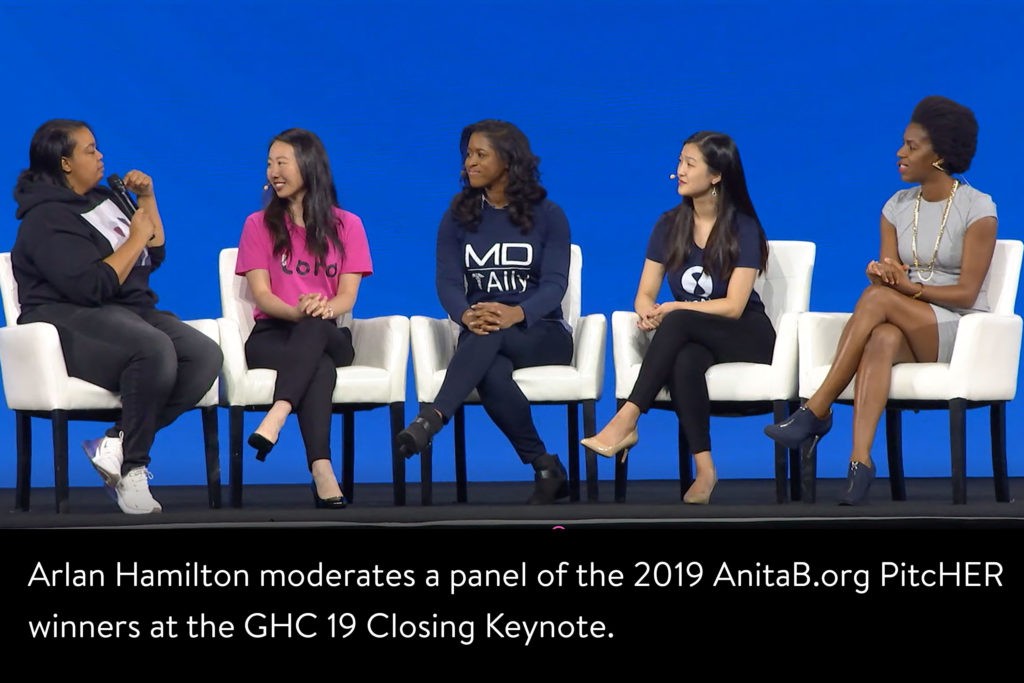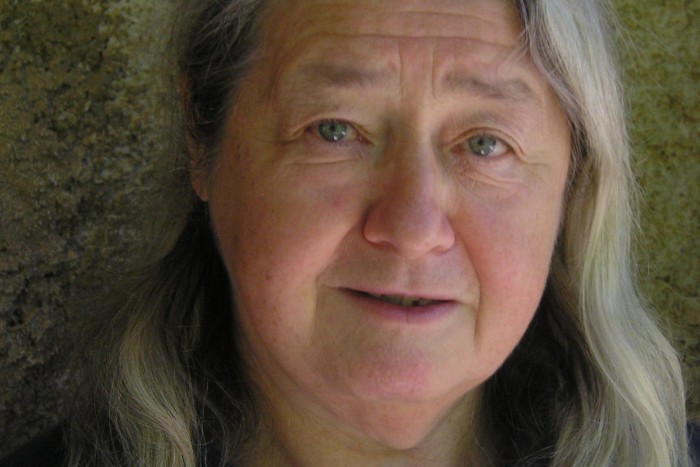Maria Gini, GHC Program Co-Chair

Maria Gini, GHC Program Co-Chair
When Maria Gini joined the department of computer science at the University of Minnesota in 1982, she was the first and only female faculty member in the department. But she didn’t seem to notice the disparity, at least at first.
“I didn’t even think about why there weren’t any other women,” she says. “I never had any explicit issues with faculty mistreating me because I am a woman. But I did notice the numbers were very low, and I realized that there are much more subtle forms of discrimination.”
Maria says what struck her most were the extremely low numbers of undergraduate and graduate women choosing computer science as a major. This was not the case in Maria’s native Italy, where she received her physics degree from the University of Milan.
“In Italy, there’s no stigma around being good in math and sciences,” Maria’s explains. “In fact, there are more women than men in Italy in these technical roles.”
Noticing the gender imbalance in her own department, Maria, who is credited with developing one of the very first user interfaces for robot program development, created an informal group of female graduate students studying computer science at the University of Minnesota.
“We organized lunches with women speakers, took the grad students to Grace Hopper and hosted workshops on how to present your work in professional settings,” Maria said. “This was great for graduate students, but there was really nothing specific for undergraduates.”
Female undergraduate students in the computer science department, Maria found, were even more rare, and felt even more isolated. Digging deeper into this issue, Maria realized what is now a central focus in the fight to make tech a more inclusive industry — the lack of women in computing begins at an extremely early age, far before girls even choose their college majors.
“It’s a cultural issue in the K-12 years when girls are deciding that it’s not cool to study math or become scientists,” Maria says. “So by the time girls get to college, because there are so few women, it’s hard for them to find friends.”
To help address this feeling of isolation at the University of Minnesota, Maria started MinneWIC in 2010, a regional meeting of women in computing in the upper midwest that’s modeled after the much-bigger Grace Hopper Celebration. It’s aimed specifically at undergraduates, but welcomes all women interested in careers in computing.
Maria is committed to recruiting even younger students, as well. This year, she organized the first Summer Computing Academy for female high school students at the University of Minnesota. Over two weeks, students learned to program using Python in an intense, hands-on course.
Early exposure to computer science — and the wide varieties of applications the field presents — is one of the keys to bridging the gender gap, says Maria.
Maria points to bioinformatics a good example of a field that combines biology (a field that women tend to choose more often) with computer science. Human computer interaction is another discipline that blends tangible, real-world applications of user experience and design with programming skills.
Maria says that showcasing these disciplines is key to keeping female undergraduates in the computer science department.
“If they become discouraged by the challenging classes, they might just leave the department altogether to pursue another major,” she says. “It’s a big issue because that’s the pipeline for the whole computer science career. Increasing the numbers of female students in the programs improves the situation for everyone.”

